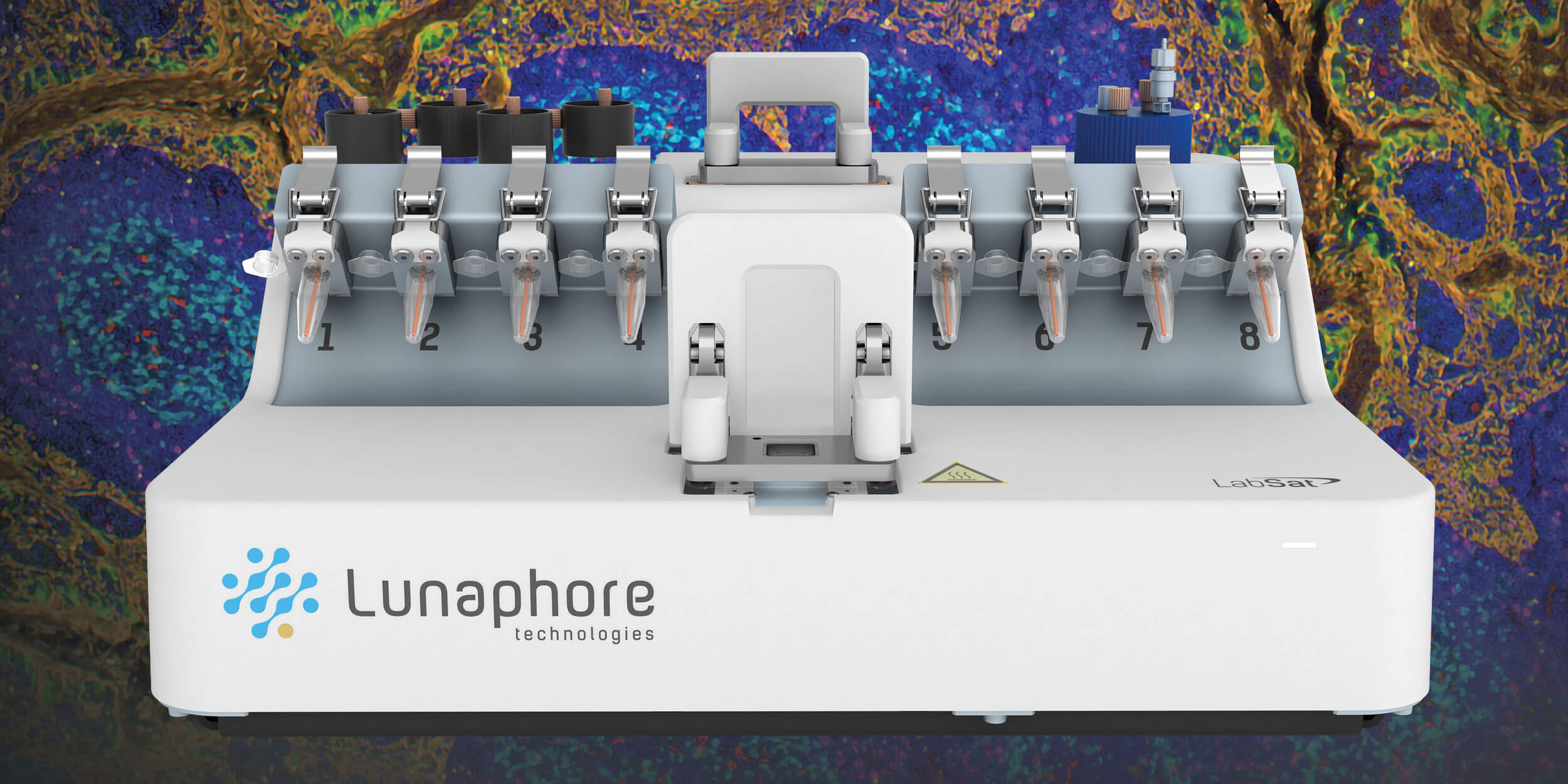
Seeds of Alzheimer’s
Another study supports potential surgical transmission of amyloid beta plaques – but the discussion is far from closed
A September 2015 study in Nature caused a media frenzy by suggesting that Alzheimer’s disease (AD) could be transmitted via human growth hormone injections in a similar way to prion disease (1). Now, Swiss clinicians have uncovered evidence that patients who received cadaveric dural mater grafts during brain surgery show a high degree of Alzheimer’s pathology (2).
The Swiss study found that amyloid beta (Aβ) plaques are frequently found in patients who contract Creutzfeldt–Jakob disease (CJD) after dural grafts, and at a higher rate than age-matched controls with sporadic CJD. Study author Karl Frontzek says, “There was no evidence from patient history or brain morphology of genetic predisposition to AD, and no Tau pathology, which leads us to assume that the Aβ seen is probably derived from the dural grafts.”
The results suggest that there is a connection between dural grafting, acquired CJD, and Alzheimer’s pathology, but the precise nature of the link remains unclear, as explained by Frontzek: “We do not know if Aβ ‘seeds’ persisted in the grafts of the patients investigated, or if there is any transmission going on at all. Aβ could have also emerged from the surgical procedure itself, and there is some anecdotal evidence that Aβ could be induced as a ‘reactive’ product of more general brain damage – for instance, in multiple sclerosis patients.”
In fact, there is no direct clinical relevance in terms of human cadaveric dural grafts today, because the risk of CJD has led to the introduction of artificial grafts in neurosurgery. And, as the authors of the original Nature study have been quick to point out, there’s no evidence you can “catch” Alzheimer’s disease in the course of normal medical or surgical procedures. Nevertheless, if the presence of Alzheimer’s “seeds” could be confirmed, it may shed light on how Alzheimer’s originates and propagates through the brain.
- Z Jaunmuktane et al., “Evidence for human transmission of amyloid-β pathology and cerebral amyloid angiopathy”, Nature, 525 (2015). PMID: 26354483.
- K Frontzek et al., “Amyloid-β pathology and cerebral amyloid angiopathy are frequent in iatrogenic Creutzfeldt-Jakob disease after dural grafting”, Swiss Med Wkly, 146 (2016). PMID: 26812492.
My fascination with science, gaming, and writing led to my studying biology at university, while simultaneously working as an online games journalist. After university, I travelled across Europe, working on a novel and developing a game, before finding my way to Texere. As Associate Editor, I’m evolving my loves of science and writing, while continuing to pursue my passion for gaming and creative writing in a personal capacity.















